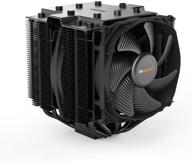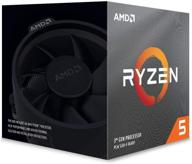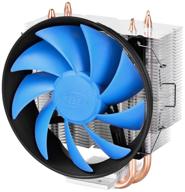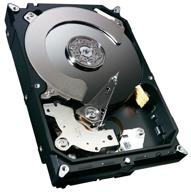
Review on Audio Injector Zero Sound Raspberry by Gustavo Mathew

Working but problems with software and documentation
So I got this as a sound card for the Pi Zero to add sound to a Simon-style game I was making. Battery operated game with standard 20x4 LCD display (HD44780) and 4 LED buttons. Driver installation worked right away, and the active headphone output is loud enough to drive a small speaker, which is basically what I needed for my project. APLAY etc. worked fine, no problems. The problems started when I tried the sound card in combination with the LCD. The LCD requires a pair of GPIOs, but does not use I2C or PWM to control the backlight brightness. Once the Adafruit LCD driver was built, the Audio Injector stopped working. I/O errors etc. Note that I only used standard LCD GPIOs, no I2C. While it is clear that there may be interactions/conflicts between different RPi hats/extensions, the main problems with the Aduioinjector Zero - which unfortunately renders it unusable in my case - are: - It is NOT documented ANYWHERE which GPIOs (besides I2S ) audio injector can be used. - The driver does not recover properly. After the conflict, this thing is effectively disabled, and there's no way to bring it back to life. Rebooting doesn't help either, you have to physically turn off the power. I've spent a few hours getting the pygame driver to work with audio and LCD, but no schematics to hand (yes, there are a bunch of KiCAD files - well, AT LEAST there's a schematic pdf somewhere! ), No proper documentation (yes, I've searched this board on the forum and also in the github repository), bad driver software that doesn't recover correctly after conflicts in the configuration, and no documentation on which additional GPIO pins are used by be used on this card, it turns out to be a huge waste of time. After 4 hours I stopped trying to get it to work. I ended up buying an "Adafruit I²S 3W Stereo Speaker Cap" and letting it work on my project for 2 hours. Thanks to the excellent documentation, I was able to determine that there was a conflict with GPIO pin 19, so I was able to change the LCD setting. Also, I could tell there was a conflict because the pins are documented. The driver fails gracefully, i.e. I was under the impression that the audio was distorted when the conflicting LCD pin 19 was activated. From then on I knew what I had to change. Shortly afterwards everything worked, LCD display + sound. So if you can live with such issues (bad driver and documentation) AND you don't have much other hardware to plug into your project, then this card might be the right choice. Otherwise, I REALLY recommend another solution.
- Absolute Legend
- Great Price
New products
Comments (0)
Top products in 🧰 Computer Internal Components
Another interesting products
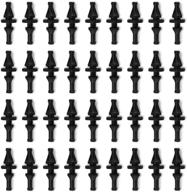
36-Pack Black Rubber PC CPU/Case Fan Screws/Rivets Set for Computer

11 Review

MacBook Retina 13-inch (A1425, A1502) and 🔩 15-inch (A1398) Bottom Case Screw Set with Pentalobe Screwdriver

11 Review
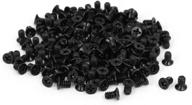
uxcell 3.5" HDD Screw Black 200pcs for Computer PC Case - Flat Phillips Head - 6#-32 - Hard Drive Fasteners

10 Review

🖥️ Helifouner 450-Piece Computer Standoffs Spacer Screws Kit: Ideal for Hard Drive, Motherboard, Fan, Power Graphics & Computer Cases

10 Review


